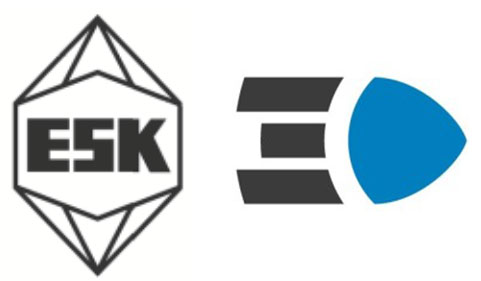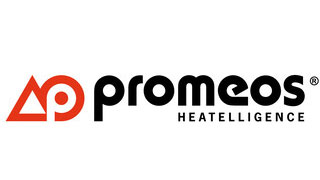
Selective laser sintering for the production of complex SiSiC ceramics
Current research

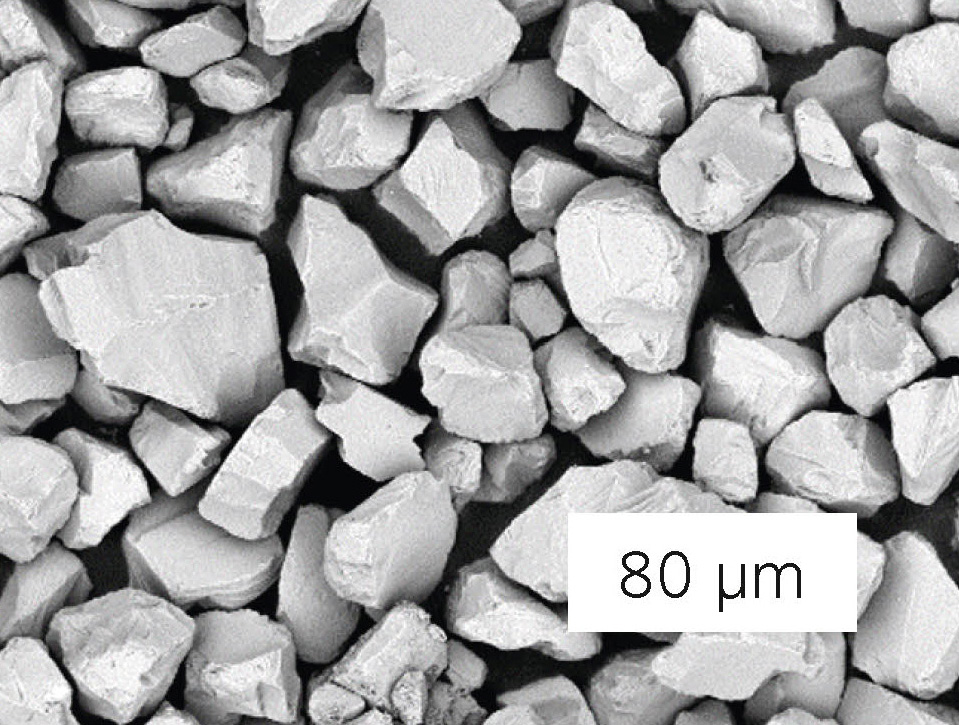
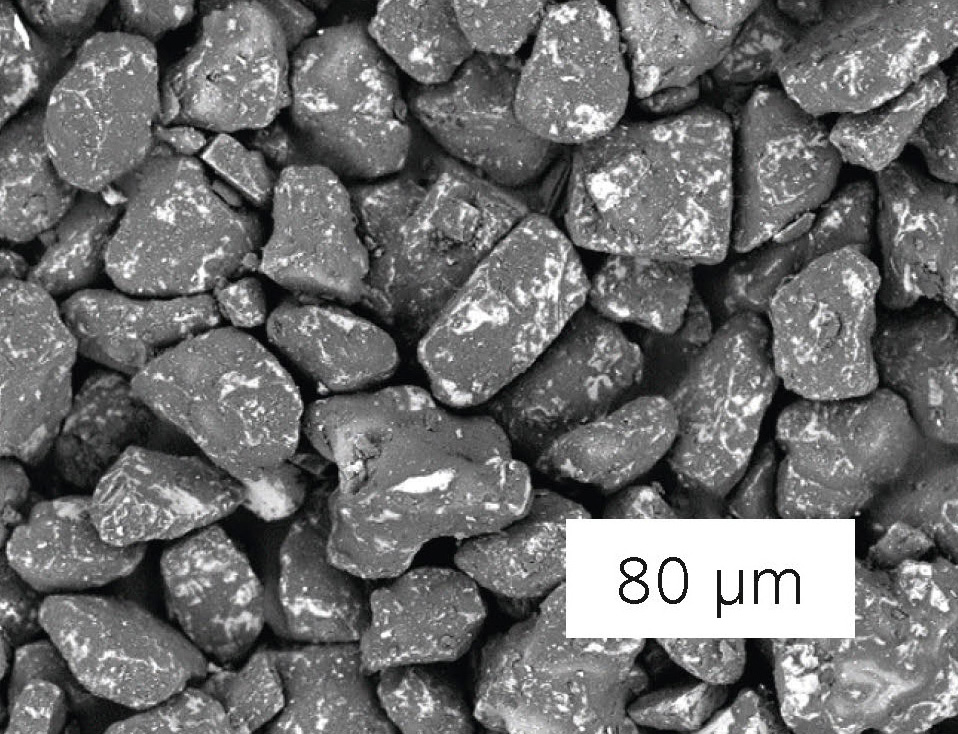
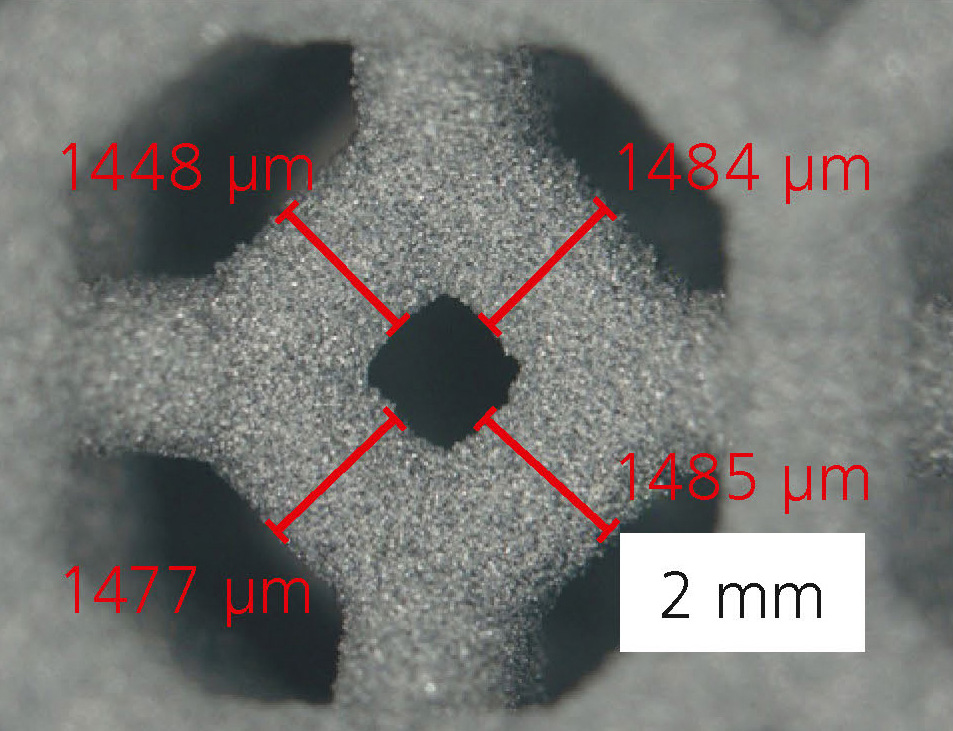
Selective laser sintering (LS) or laser powder bed fusion (PBF) is an established standard process in the field of plastics and metal printing. In laser sintering, materials are selectively sintered by a laser in a powder bed. At Fraunhofer IKTS the process which originated in plastics printing has now been adapted to produce silicon-infiltrated silicon carbide ceramics (SiSiC). Until recently, there has not been a way to use laser sintering to produce silicon carbide ceramics (SiC), as SiC is not fusible and forms passivating oxide layers at high temperatures. To address this issue, Fraunhofer IKTS, together with project partner ESK-SiC GmbH, developed fine-grained SiC powders, which have rounded particles and are well-processable. They have a high flowability due to their roundness and are ideally suited for powder bed-based manufacturing processes. The SiC powders were then coated with a special novolak. This resin can be melted thermoplastically and can also be converted into a duromer.
SiC powders prepared in this way can be processed using inexpensive systems designed for polymer printing with diode lasers (less than 5 W power). The temperatures occuring during the process merely soften the plastic and thus bond the individual coated SiC grains together, without oxidizing the SiC surface. To produce the densest possible green bodies, parameters were developed for laser sintering. The energy density and assembly temperature used during laser sintering are the main process-related influencing factors for increasing the green density. It was possible to produce polymer-bonded SiC green bodies with a density of 1.3 g/cm³, which have sufficient stability for the subsequent processing steps. After additive shaping, components produced in this way can be converted into silicon carbide by carrying out conventional pyrolysis and siliconization.
First applications in gas burners
Laser sintering is particularly suitable for manufacturing delicate components with tight tolerances. Using this process, early open-cell SiSiC components were produced at Fraunhofer IKTS for application tests at Promeos GmbH. These components (Figure 4) homogenize the thermal radiation pattern in gas burners and increase the emission of infrared radiation, which enhances the efficiency of drying processes. In terms of oxidation stability, there were no differences to conventional SiSiC components. Thanks to the high Weibull strength of up to 266 MPa achieved with a Weibull modulus of 21, the process is also suitable for addressing structural ceramic applicationsin the future.
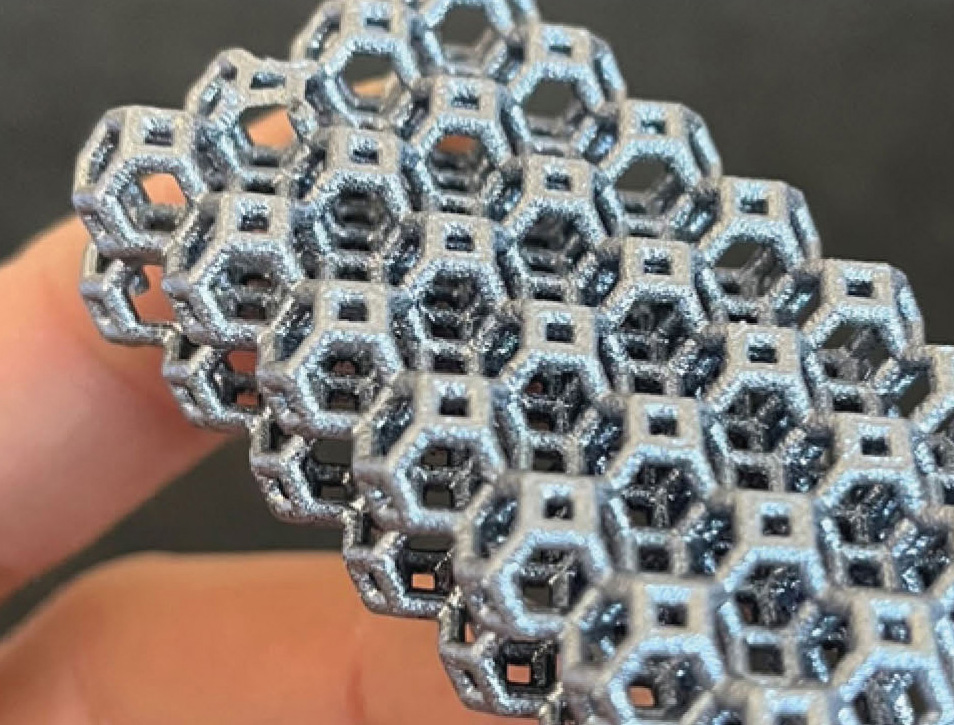
Services and cooperation offered
- Development of additive manufacturing processes for ceramic materials
- Customized powder preparation and coating
- Design optimization and production of complex additively manufactured components
We would like to thank the BMBF for its financial support in the joint project A Figure 2: SiC powder with MSIC (03XP0270D).
Supported by
![BMBF_CMYK_Gef_M [Konvertiert]](/en/departments/structural_ceramics/nonoxide_ceramics/carbide_ceramics/cr_selective_laser_sintering_for_the_production_of_complex_sisic_ceramics/jcr:content/contentPar/sectioncomponent_cop/sectionParsys/imagerow_copy_copy_c/imageComponent1/image.img.jpg/1714989930955/BMBF-gefoerdert-2017-en.jpg)
